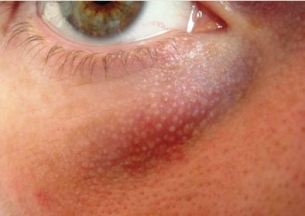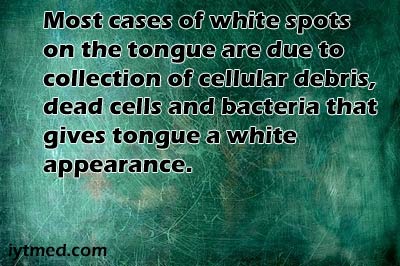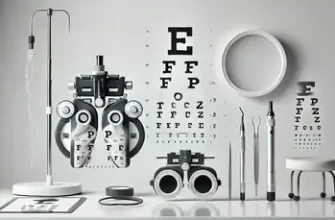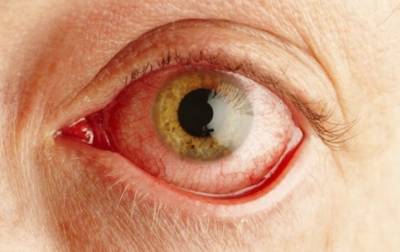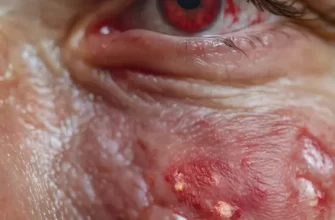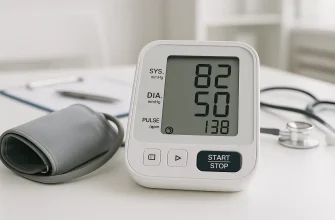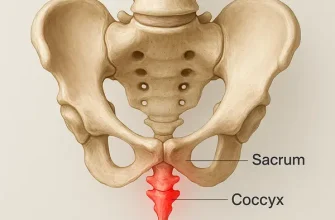White spots under the eyes and dark circles are common complaints among many individuals, both young and old. Although they may not always present a major threat to one’s health, they can have a significant effect on one’s physical appearance and self-esteem. Numerous factors play a role in the formation of white spots beneath the eyes and dark circles.
Milia
White spots under the eyes commonly occur due to a condition called Milia, caused by dead skin cells getting trapped beneath the skin’s surface and resulting in small, white bumps. Milia is generally harmless and tends to resolve on its own without needing any medical intervention. Nevertheless, if you are concerned about the aesthetic aspect of Milia, you can consult a dermatologist who may suggest a cream or treatment to eliminate the bumps.
Excess of sebum production
Another common cause of white spots under the eyes is an excess of sebum production. Sebum is the oil produced by the skin’s sebaceous glands. When too much sebum is produced, the excess oil can clog up the pores under the eyes, leading to the formation of whiteheads. To help alleviate this, it’s essential to maintain good hygiene and keep the eye area clean and free of any makeup or skincare products.
Lack of sleep
Moving on to dark circles, lack of sleep is the most common cause of their development. When you don’t get enough sleep, blood vessels under your eyes may appear swollen and cause a dark discoloration to appear. Stress, anxiety, and depression can also exacerbate dark circles. To help alleviate this, make sure to get a good night’s sleep, practice stress-relieving techniques, and maintain a healthy lifestyle.
Dehydration
Dull and tired-looking under eye circles can be caused by dehydration, which negatively affects the skin. To combat this, it is important to stay hydrated by drinking ample water throughout the day and using a moisturizing eye cream to hydrate the eye area.
Conclusion
There are multiple factors that can lead to the occurrence of white spots under the eyes and dark circles. Taking care of your overall well-being, practicing good hygiene, and applying skincare products designed for your specific skin requirements can assist in relieving and preventing these problems. If you are uncertain about the origin of your white spots or dark circles, it is advisable to seek guidance from a dermatologist.

